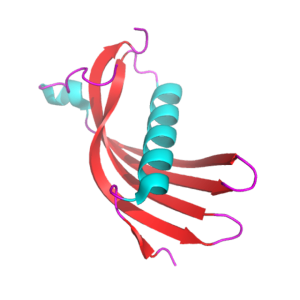Evaluation of serum cystatin C as an early marker of renal disease in Chronic Kidney Disease patients in Kano

PDF: 92
All claims expressed in this article are solely those of the authors and do not necessarily represent those of their affiliated organizations, or those of the publisher, the editors and the reviewers. Any product that may be evaluated in this article or claim that may be made by its manufacturer is not guaranteed or endorsed by the publisher.
Authors
Chronic Kidney Disease (CKD) is a public health problem with rising incidence worldwide. Nigeria appears to be badly hit by this epidemic; therefore, there is a need to assess a more reliable marker devoid of limitations. This study evaluated serum cystatin C as an early biochemical marker of renal disease in chronic kidney disease patients in the Kano metropolis. A cross-sectional study was conducted at Aminu Kano Teaching Hospital and Muhammad Wase Specialist Hospital (MWSH) in Kano, Nigeria. A total of 150 subjects comprised 100 chronic kidney disease patients, and 50 apparently healthy subjects as controls. The serum creatinine was measured by the Jaffe Method, cystatin C by immunoturbidometric method, and glomerular filtration rates were estimated using CKD-EPI and modified diet in renal disease formulae. One-way Analysis of Variance was used to compare the Estimated Glomerular Filtration Rate (eGFR) of the chronic kidney disease patients with the control groups. In this study, the multiple comparisons of the estimated glomerular filtration rate showed that cystatin C-based glomerular filtration rate gave a direct and accurate measurement of independent of age, and muscle mass with the estimated glomerular filtration rate of ≤60 mL/min/1.73m2 in chronic kidney disease patients substantially lower as compared to the control group and newly diagnosed chronic kidney disease patients. Serum cystatin C-based glomerular filtration rate gave a direct and accurate measurement of independent of age, and muscle mass and thus suggestive of a better marker of early detection of chronic kidney disease. Creatinine-based glomerular filtration rate has been relatively inexpensive and widely used for the diagnosis of renal function. However, to address its limitations caused by the influence of some factors, cystatin C-based glomerular filtration rate gave a direct and accurate measurement independent of age, sex, and muscle mass.
How to Cite

This work is licensed under a Creative Commons Attribution-NonCommercial 4.0 International License.
PAGEPress has chosen to apply the Creative Commons Attribution NonCommercial 4.0 International License (CC BY-NC 4.0) to all manuscripts to be published.

 https://doi.org/10.4081/aamr.2023.175
https://doi.org/10.4081/aamr.2023.175



